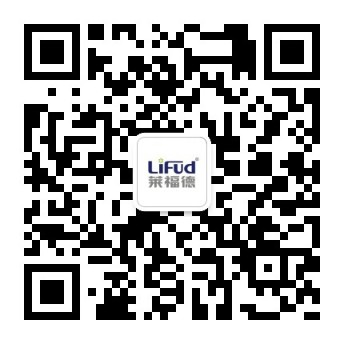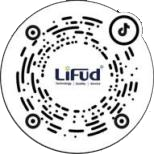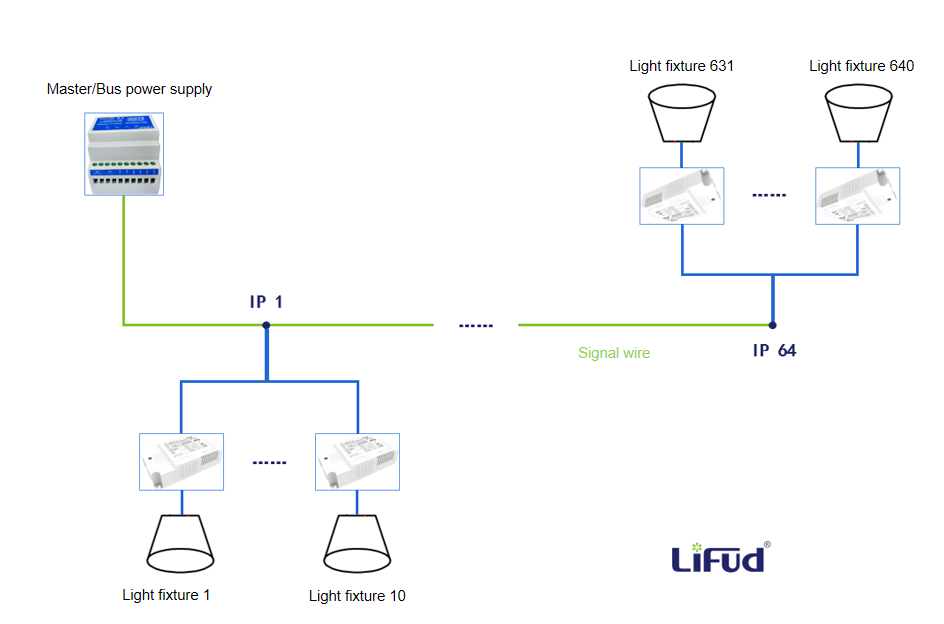27
2024
-
06
Exploring DALI D4i: The Latest Trend in Smart Lighting–Are You Up to Date?
Technologies like D4i, NFC, Zhaga, Casambi, Xiaomi Smart Home, and Matter were prominently featured and attracted significant attention this year. These terms are frequently mentioned by customers but seem to lack clear understanding. So, what do these technologies represent, and what roles do they play in lighting applications?
The GILE is more than just a showcase for dazzling lighting products; it's a vibrant platform for the latest technology exchanges. Looking back at the recently concluded 2024 GILE, what new trends stood out? Unlike their sporadic appearances last year, technologies like D4i, NFC, Zhaga, Casambi, Xiaomi Smart Home, and Matter were prominently featured and attracted significant attention this year. These terms are frequently mentioned by customers but seem to lack clear understanding. So, what do these technologies represent, and what roles do they play in lighting applications?
▼Customers Learning About Lifud's D4i Products at the GILE
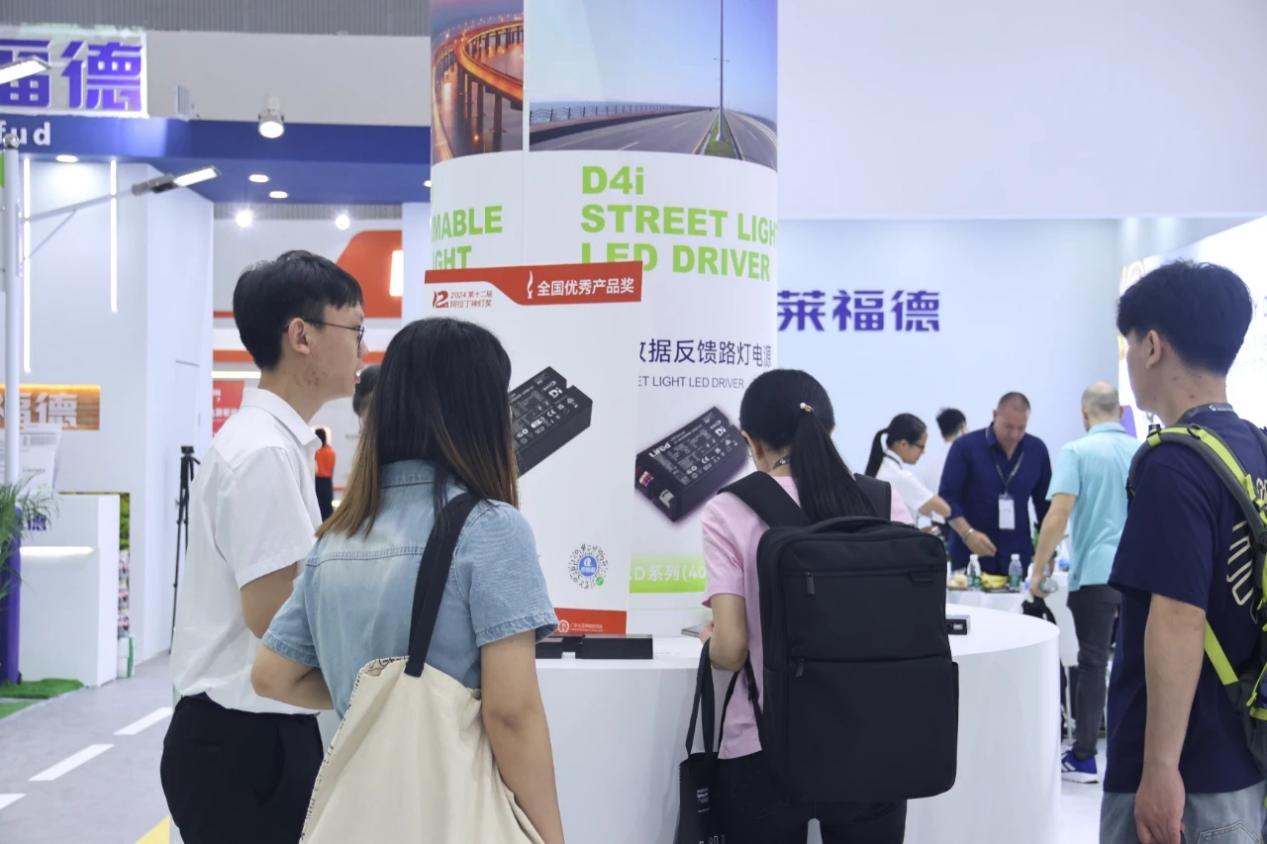
Embracing a customer-first philosophy, Lifud will share in-depth insights into cutting-edge intelligent technologies and features to enhance understanding of the current state of smart lighting and its technologies. In this article, we will take 4-5 minutes to explain what D4i is in detail.
I. DALI, DALI-2, and D4i
DALI is an industry-standard protocol (language) for bidirectional digital communication between lighting control devices. The DALI protocol is specified in the international standard IEC 62386, which consists of multiple parts, and in the guidelines provided by the DALI Alliance. For a detailed analysis of DALI, please refer to Lifud’s previous article, “Recommended to Bookmark! A Comprehensive Introduction to the DALI Dimming System.”
▼Click the image below to view our previous article.
DALI-2 is the latest version of the DALI protocol, featuring many improvements over DALI version-1. It includes more stringent and comprehensive testing procedures, enhances product interoperability, and introduces new functional commands.
D4i technology is an extension of the DALI-2 protocol, specifically designed for smart IoT (Internet of Things) lighting. It not only inherits all the advantages of DALI-2 but also adds support for data-related features, such as the collection and analysis of luminaire asset, energy usage, and diagnostic data.
▼Lifud's D4i Certified Products
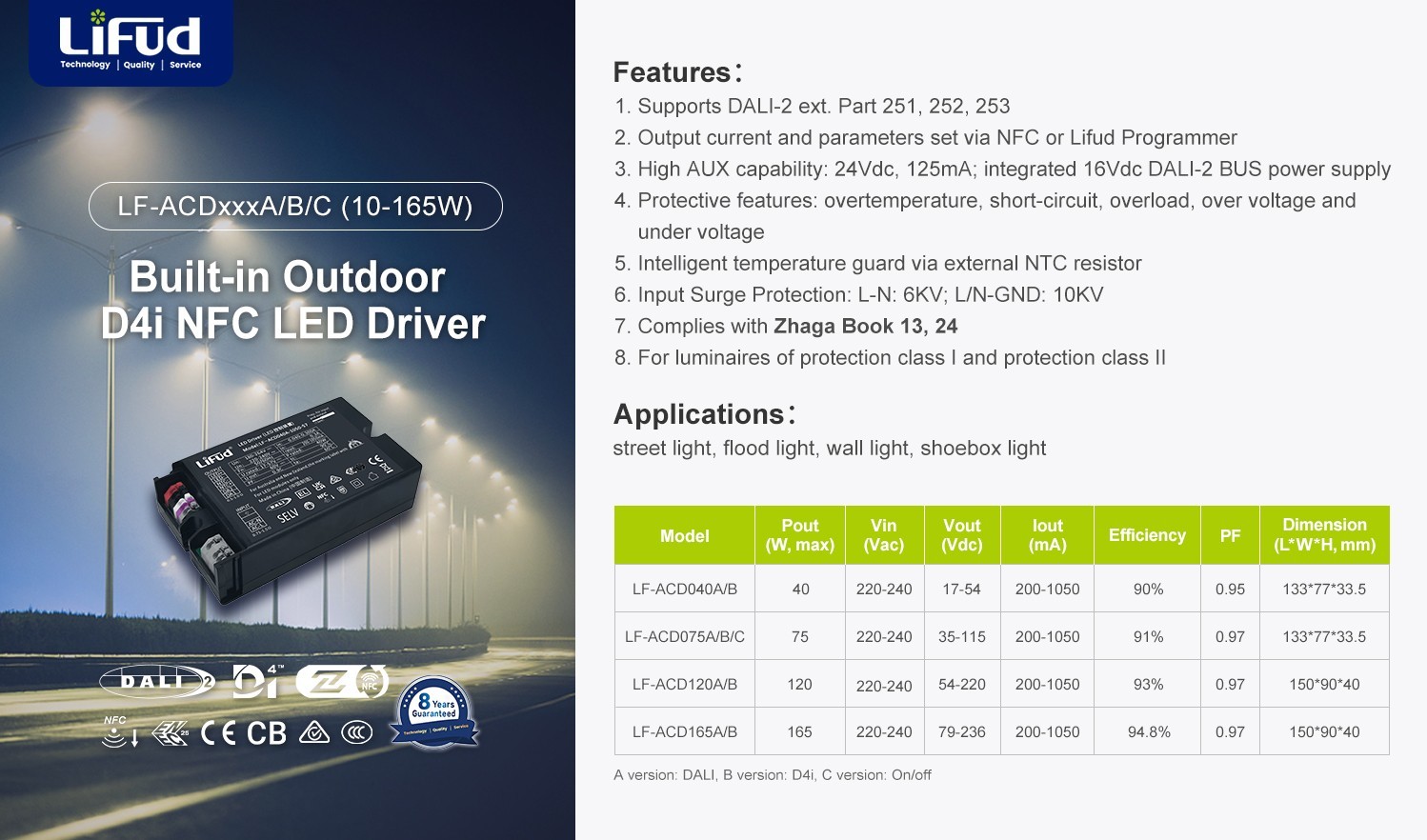
This means that all D4i-certified products are also DALI-2 certified. These products can display either the D4i logo, the DALI-2 logo, or both.
II. Advantages of D4i Technology
1. Integrated DALI Bus: This feature can be enabled or disabled, simplifying the system for plug-and-play functionality.
2. Self-Contained Systems: Traditionally, DALI-2 applications require a DALI bus to connect multiple DALI devices into a system. D4i integrates the bus within the driver, allowing a luminaire with a D4i driver to function as a standalone system.
3. Luminaire Asset Data Collection: This feature stores detailed luminaire information, assisting users in understanding product details. Data includes manufacturer’s GTIN code, production date, color temperature, and nominal input power, aiding in product traceability and maintenance.
▼ Click here for more detailed information

4. Energy Monitoring: Reads the luminaire's energy consumption data to help users understand and optimize energy usage.
Examples include:
·Luminaire Energy Consumption: The amount of electricity the luminaire consumes (theoretical value = power output).
·Driver Consumption: The electricity consumed by the driver (theoretical value = output/efficiency).
·Electricity Supplied by the Grid: The amount of electricity provided by the grid (theoretical value = driver consumption/PF).
▼Mandatory and Optional Energy Monitoring Items
|
Mandatory |
Optional |
|
Active Energy |
Apparent Energy |
|
Active Power |
Apparent Power |
|
|
Apparent Energy on Load Side |
|
|
Apparent Power on Load Side |
5. Diagnostics and Maintenance: Monitors the operating status of the driver and luminaire, reads maintenance data, and enables data-driven management.
Examples include: Driver Diagnostics: Checks for issues such as input undervoltage, input overvoltage, overheating, and counts the number of faults.
Luminaire Diagnostics: Checks for conditions such as short circuits, open circuits, overloads, overheating, and counts the number of faults.
▼Specific Diagnostic and Maintenance Details

6. 24V Auxiliary Power Supply: This is not a mandatory feature for D4i products but an optional one.
D4i also defines interfaces with sensors and wireless modules, requiring a typical voltage of 24V DC and an auxiliary power supply of 125 mA, with an average power of 3W and a peak power of 6W. This enhances application reliability and facilitates the connection of external modules.
Summary: Corresponding Functions of DALI Standards and D4i Products
|
DALI Standard |
Function Description |
|
DALI Part 250 |
Integrated DALI Bus Power Supply |
|
DALI Part 251 |
Luminaire Data Collection (Memory Banks) |
|
DALI Part 252 |
Energy Monitoring |
|
DALI Part 253 |
Diagnostics and Maintenance |
|
DALI Part 150 |
DC Auxiliary Power Supply (Optional) |
PS: Product Information Inquiry
To check if a product is D4i certified, please visit the DiiA database at www.dali2.org/products. In the product search, select the "Control gear" button, and then choose "D4i."
▼Lifud ACD Series Inquiry

That concludes our discussion on D4i technology.
As a rising star in the smart lighting industry, D4i is leading us into a new era of lighting that prioritizes energy efficiency, operational ease, comfort, and effective management. Its standardized data capabilities and plug-and-play compatibility are setting new standards.
Need driver, choose Lifud.
For more insights into cutting-edge lighting technologies, please follow Lifud on our LinkedIn Account!



